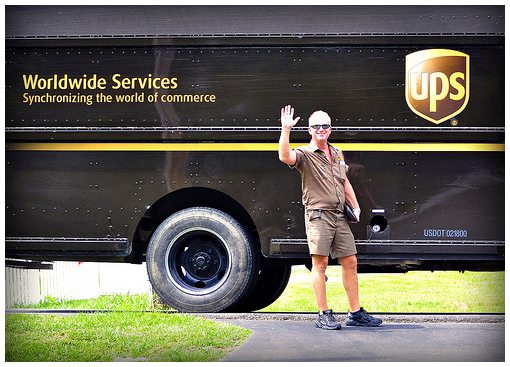Consider this quandary.
Caterpillar makes heavy machine equipment like hydraulic excavators, tractors and the ever-popular backhoe loader.
Pushing dirt from point A to point B doesn’t exactly conjure drama.
Recognizing this point, Caterpillar developed a series of videos that do tell compelling stories by connecting the company’s equipment to a human element.
My favorite involves Caterpillar’s role in uniting the country of Madagascar which previously had no roads to connect the island’s 320,000 people in the rural north with the rest of the country (we can assume vanilla beans comes from the south).
With the help of European Union (EU) support, a 300-kilometer highway was constructed that for the first time gave the “northerners” access to schools, hospitals and the capital city of Antananarivo.
The connection literally changed a nation.
Yes, Caterpillar has a vested interest with its equipment used in building Route Nationale 6, but check out the video noting the amount of time allocated to bulldozers and the like.
Talking about a story with humanity (doesn’t hurt that the voiceover is James Earl Jones grade).
Here’s the key.
Caterpillar was savvy enough to understand its equipment should take a supporting role in the story. In fact, the section of the video devoted to the Caterpillar dealer and machinery lasts a grand total of nine seconds.
That’s all.
Nine seconds.
Because the power of the story comes from changing the lives of the people of Madagascar.
The interviews with people like the taxi owner deliver the perfect close.
“It used to be I have too many cars and not enough customers. Now I have too many customers and not enough cars.”
I have a hunch the taxi owner is about to discover another aspect of business … competition.
One final point –
The total video last 130 seconds.
Media expert Sam Whitmore shared a study with us this week that shows shorter videos can actually have greater recall than longer versions.
More isn’t necessarily better.
Caterpillar gets this point and more.





